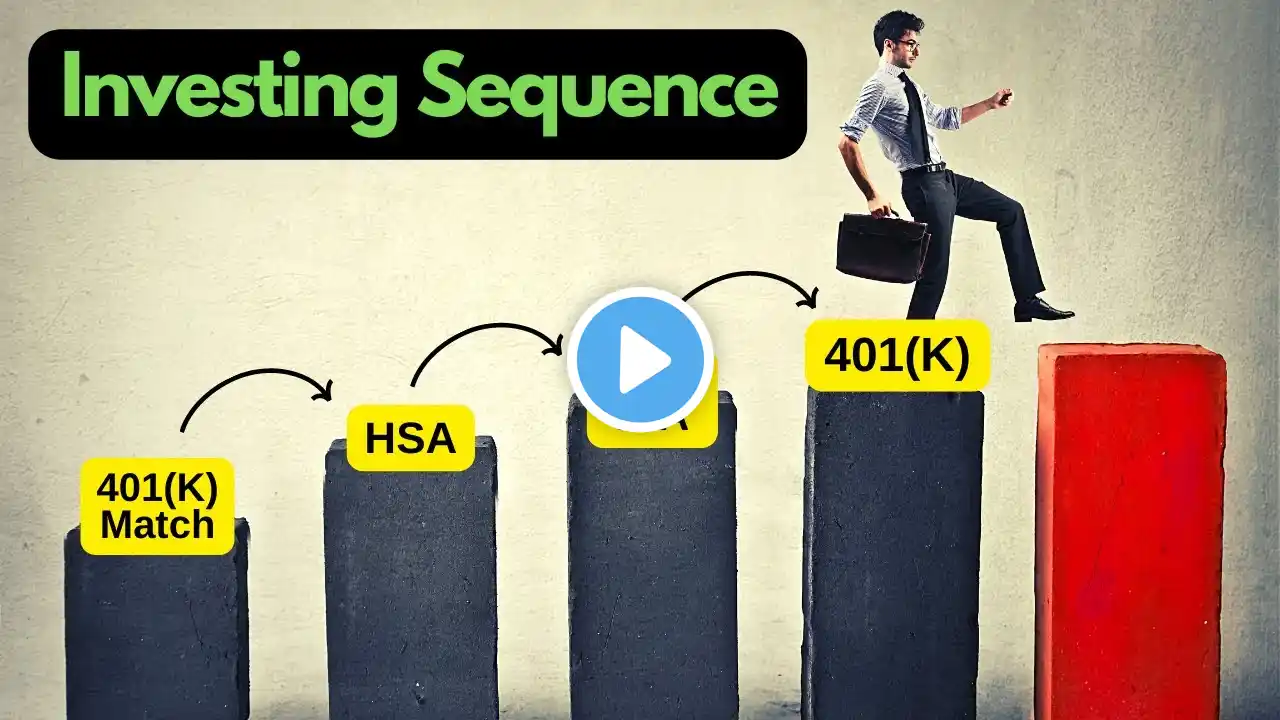
Roth IRA vs Traditional IRA 2022 Explained | Waymark Wealth Management
The two main types of individual retirement accounts (IRAs) are traditional IRAs and Roth IRAs. In this video, Brendan discusses the differences between the two and what investors should know about each type of account, including contribution and income limits as well as advantages and disadvantages you may not have considered. 🔴 SUBSCRIBE for more FREE tips ▬▬▬▬▬▬▬▬▬▬▬▬▬▬▬▬▬▬ 📩 Email Brendan at [email protected] if you are ready for a fresh approach to financial planning ➡️ Learn more about us at www.waymarkwealth.com ▬▬▬▬▬▬▬▬▬▬▬▬▬▬▬▬▬▬ Topics Discussed: • 2022 maximum contributions • 2022 tax-deductibility income limits for traditional IRAs • 2022 contribution income limits for Roth IRA • Federal tax treatment of traditional IRA vs. Roth IRA • Traditional IRA tax challenges retirees face • Advantages of a Roth IRA for retirees ▬▬▬▬▬▬▬▬▬▬▬▬▬▬▬▬▬▬ 📲CONNECT WITH US ON SOCIAL MEDIA: Facebook ➡️ / waymarkwealth Twitter ➡️ / waymarkwealth ▬▬▬▬▬▬▬▬▬▬▬▬▬▬▬▬▬▬ Securities and advisory services offered through LPL Financial, a registered investment advisor. Member FINRA/SIPC. The LPL Financial Registered Representatives associated with this site may only discuss and/or transact securities business with residents of the following states: CA, CO, CT, DE, FL, GA, ID, IL, IN, MA, ME, MT, NC, NH, NJ, NY, OH, PA, RI, SD, TX, VA & VT The opinions voiced in this material are for general information only and are not intended to provide specific advice or recommendations for any individual. Contributions to a traditional IRA may be tax deductible in the contribution year, with current income tax due at withdrawal. Withdrawals prior to age 59 ½ may result in a 10% IRS penalty tax in addition to current income tax. A Roth IRA offers tax deferral on any earnings in the account. Qualified withdrawals of earnings from the account are tax-free. Withdrawals of earnings prior to age 59 ½ or prior to the account being opened for 5 years, whichever is later, may result in a 10% IRS penalty tax. Limitations and restrictions may apply.



















